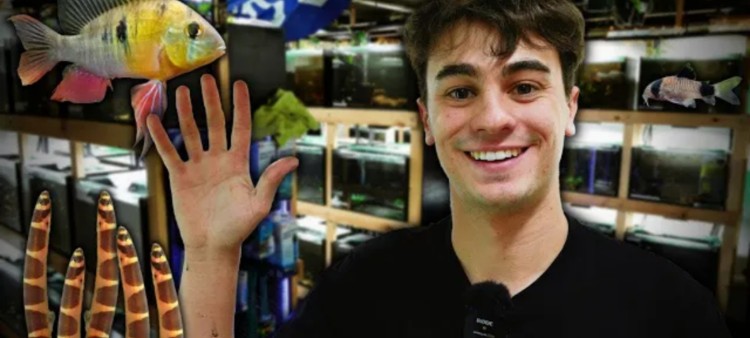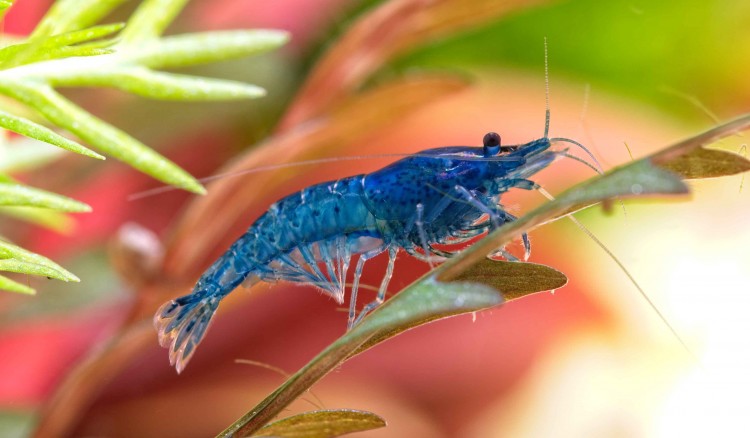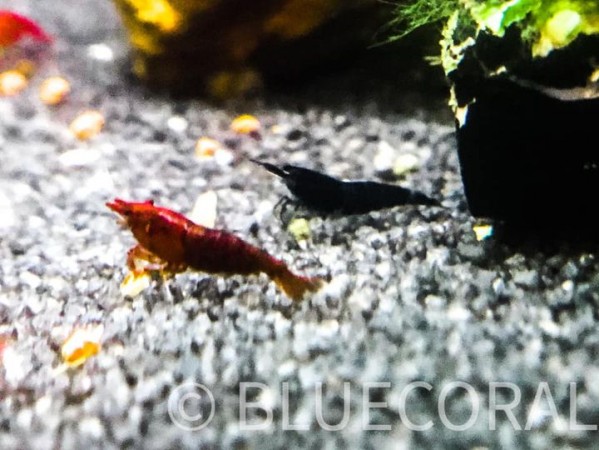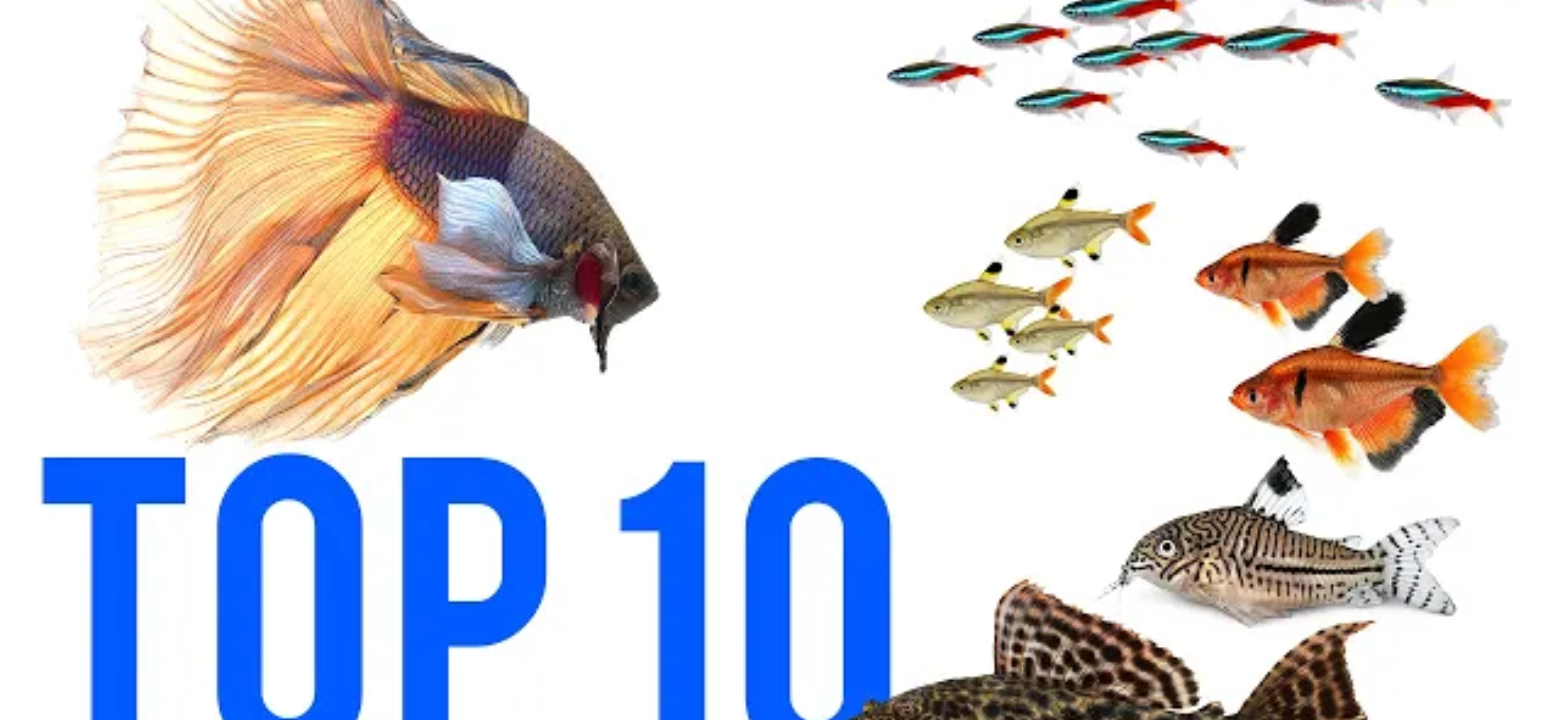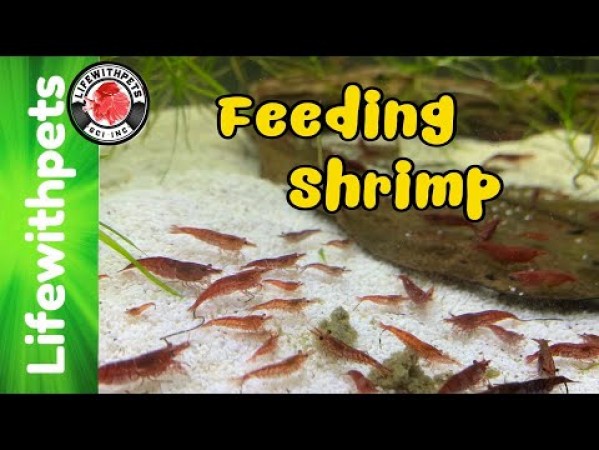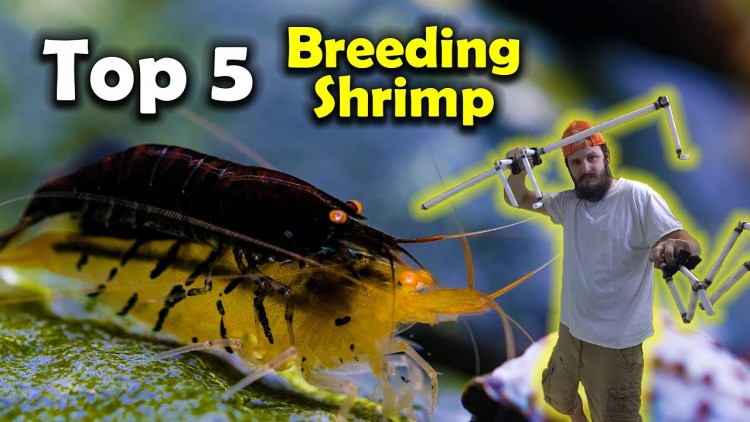- Name:
Camel Shrimp
(View AKA's) - Family: Rhynchocinetidae
- Species: Shrimp
- Scientific Name: Rhynchocinetes durbanensis
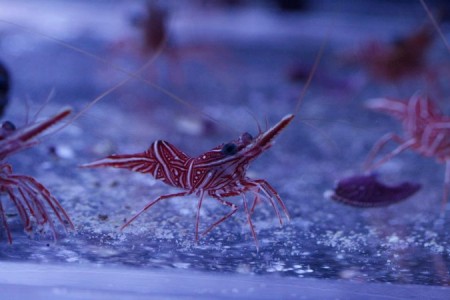

General info about Camel Shrimp
The Camel Shrimp is also commonly referred to as the Hinge-beak Shrimp, Dancing Shrimp, or Candy Shrimp within the aquarium trade. The Camel Shrimp is distinguished by a movable rostrum (beak) that is usually angled upwards. The Camel Shrimp has a variable pattern of red and white stripes on its body with claws located directly in front of its body. The males of its species tend to have larger chelipeds (claws) than the females.
The Camel Shrimp will generally spend its time savaging the reef for any meaty foods that it can find. While it is in the cleaner shrimp family, the Camel Shrimp is more of a scavenger than a parasite cleaner and is not known for cleaning parasites off of fish.
It prefers to congregate with other shrimp of its kind in rock crevasses, under overhangs, or in the coral rubble. It especially needs hiding places when it is molting. It usually tolerates other shrimp but may nip at colonial anemones, disc anemones, and soft leather corals. It generally leaves bubble coral and stinging anemones alone. It is ideal to keep a small group of Camel Shrimp in the aquarium environment as they prefer to live in small groups, usually in small groups of four to six individuals. A solitary specimen is unlikely to be happy.
They will thrive temperature between 64-77° F.Proper water chemistry should be as follows dKH 8-12, pH 8.1-8.4, sg 1.023-1.025.
Camel Shrimp Diet & Nutrition
The Camel Shrimp is an omnivore, mostly scavenging food from the substrate. In addition to what it obtains from scavenging, the diet of the Camel Shrimp should consist of any type of meaty prepared foods, such as, flake, frozen, freeze-dried or fresh chopped fish or mussels. Supplemental feedings will only be necessary if there are not enough leftover foods for the Camel Shrimp to scavenge for within the aquarium. Supplement of Calcium, Magnesium, Iodine is necessary for a healthy aquarium.
Determining Sex of Camel Shrimp
The males of its species tend to have larger chelipeds (claws) than the females.
Camel Shrimp Origin
Indo-Pacific.
Caution with Camel Shrimp
The Camel Shrimp is very sociable and will live peacefully with almost all reef inhabitants; however, it may nip at colonial anemones, disc anemones, and soft leather corals but will generally leave bubble coral and stinging anemones alone.
Camel Shrimp will not tolerate copper or high levels of nitrates in the aquarium, and will also require iodine for proper molting of its carapace.
Acclimating Camel Shrimp
As with all shrimps, drip-acclimation is highly recommended due to their sensitivity to changes in water parameters.
Original Detail
| Name | Species | Family | Scientific Name | More Detail | Added by |
|---|---|---|---|---|---|
| Camel Shrimp | Shrimp | Rhynchocinetidae | Rhynchocinetes durbanensis | The Camel Shrimp is also commonly referred to as the Hinge-beak Shrimp, Dancing Shrimp, or Candy Shrimp within the aquarium trade. The Camel Shrimp is distinguished by a movable rostrum (beak) that is usually angled upwards. The Camel Shrimp has a variable pattern of red and white stripes on its body with claws located directly in front of its body. The males of its species tend to have larger chelipeds (claws) than the females. The Camel Shrimp will generally spend its time savaging the reef for any meaty foods that it can find. While it is in the cleaner shrimp family, the Camel Shrimp is more of a scavenger than a parasite cleaner and is not known for cleaning parasites off of fish. It prefers to congregate with other shrimp of its kind in rock crevasses, under overhangs, or in the coral rubble. It especially needs hiding places when it is molting. It usually tolerates other shrimp but may nip at colonial anemones, disc anemones, and soft leather corals. It generally leaves bubble coral and stinging anemones alone. It is ideal to keep a small group of Camel Shrimp in the aquarium environment as they prefer to live in small groups, usually in small groups of four to six individuals. A solitary specimen is unlikely to be happy. They will thrive temperature between 64-77° F.Proper water chemistry should be as follows dKH 8-12, pH 8.1-8.4, sg 1.023-1.025. |
PalaciosAn |


